
SOLUTION Cambridge IGCSE chemistry periodic table Studypool
Cambridge IGCSE Chemistry Topic 9: The Periodic Table Group properties Notes www.pmt.education. Describe lithium, sodium and potassium in Group I as. A collection of relatively soft metals.

IGCSE Chemistry Periodic Table UCLES Free Download, Borrow, and
Students will learn about the periodic table's patterns and how to use them to anticipate an element's behavior as well as the characteristics of the compounds it forms. To determine the chemical compound formulas, they will apply their understanding of atomic structure. Additionally, they will practice generating balanced chemical.
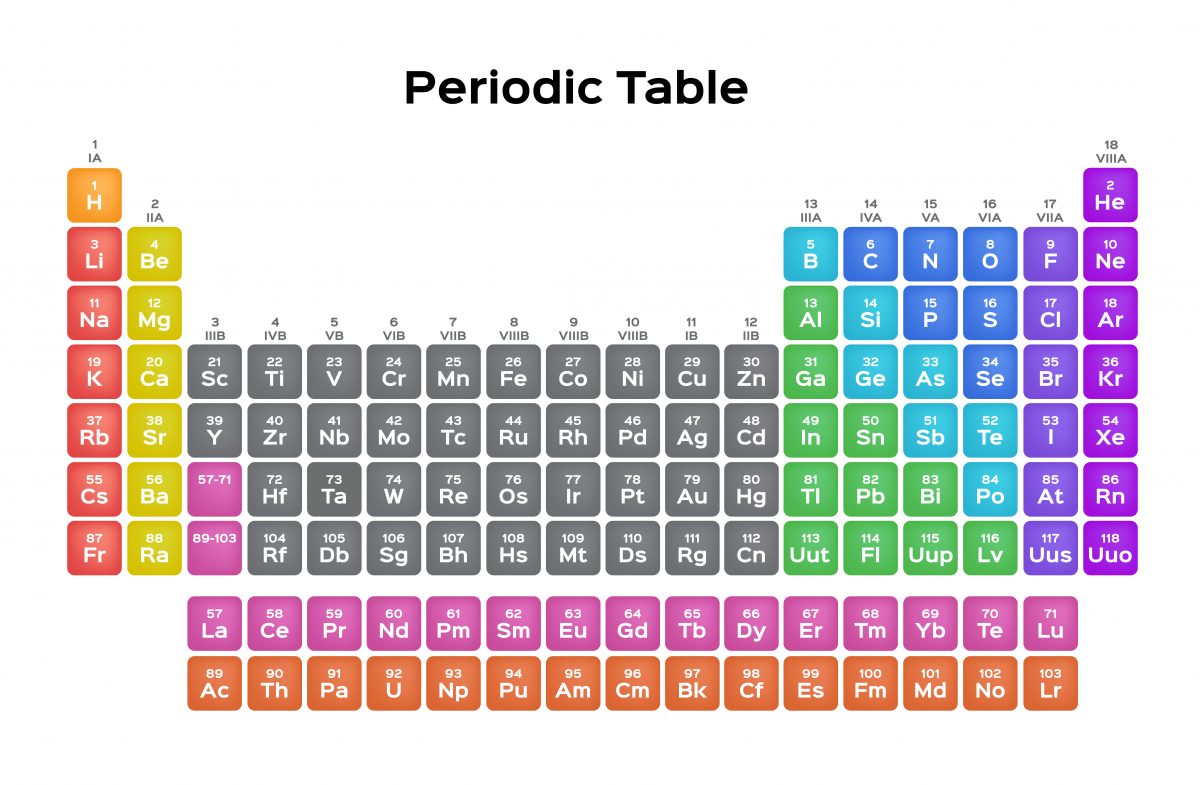
How Many Elements Are There On The Periodic Table
The Periodic Table 34 Safety in the laboratory 35 Mathematical requirements 35 Presentation of data 36 ICT opportunities 37 Conventions (e.g. signs, symbols, terminology and nomenclature) 37. 'Cambridge IGCSE is one of the most sought-after and recognised qualifications in the world. It
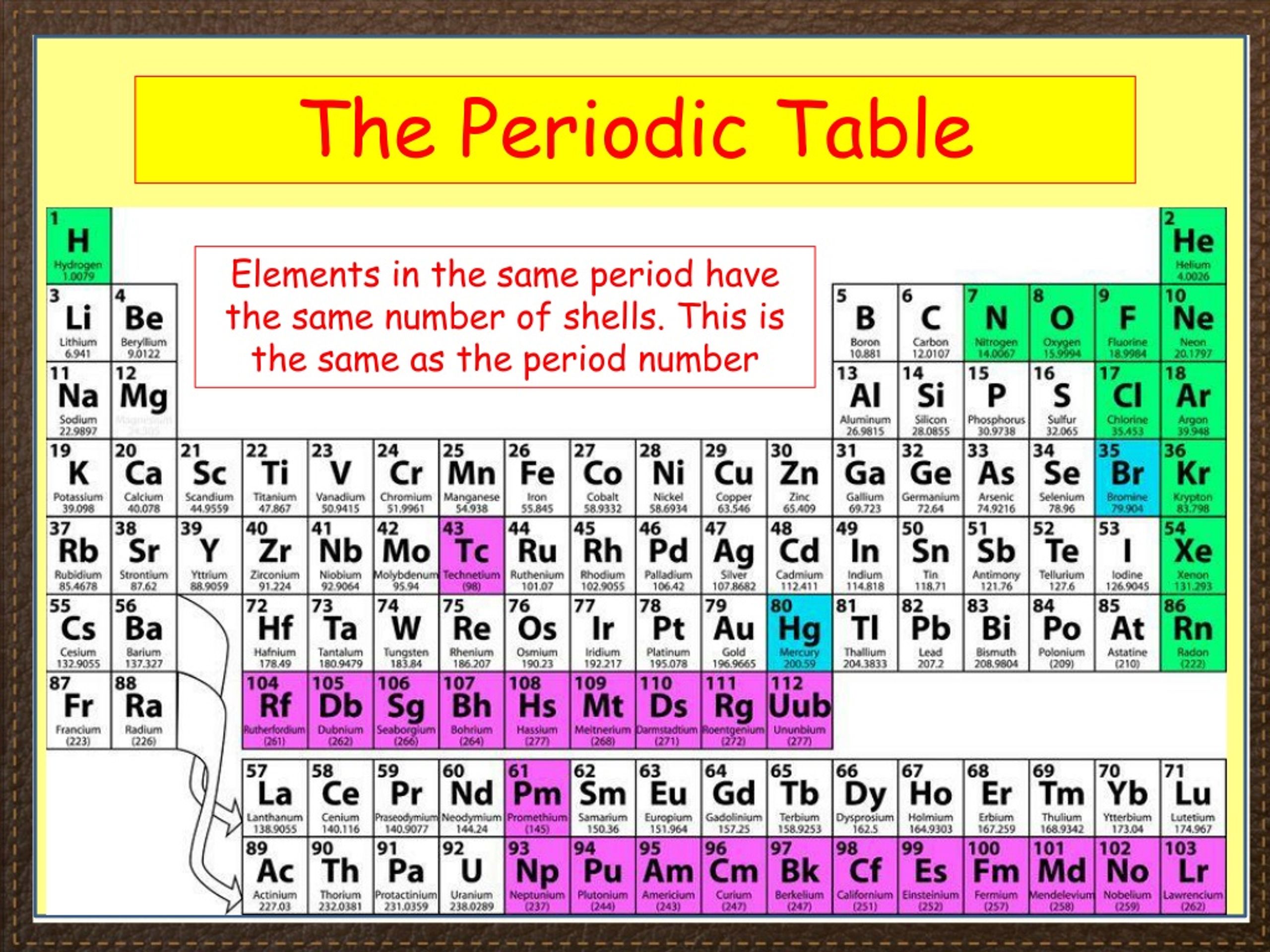
PPT iGCSE chemistry Section 2 lesson 1 PowerPoint Presentation, free
What is the Periodic Table? You met the Periodic Table briefly in Chapter 3. Let's review its key points. The Periodic Table is a way of classifying the elements. tell you about the particles in the It shows them in order of their proton number. Lithium has 3 protons, beryllium has 4, boron has 5, and so on.
IGCSE Chemistry Notes Chapter 3 The Periodic Table
Interactive Periodic Table with lots of information available, from melting and boiling points to discovery and uses. Discovery dates. A simple interactive Periodic Table which enables you to track the discovery dates of the elements and relate them to things like reactivity and percentage abundance in the Earth's crust. Periodic Table videos.
:max_bytes(150000):strip_icc()/PeriodicTableall-58b5d9235f9b586046df995b.jpg)
Free printable periodic table of elements paastruth
Periodic Table: Group Names 6m. Periodic Table: Representative Elements & Transition Metals 4m. Periodic Table: Element Symbols 5m. Periodic Table: Elemental Forms 5m. Periodic Table: Phases 6m. Periodic Table: Charges 16m. Calculating Molar Mass 4m. Mole Concept 14m. Law of Conservation of Mass 3m.
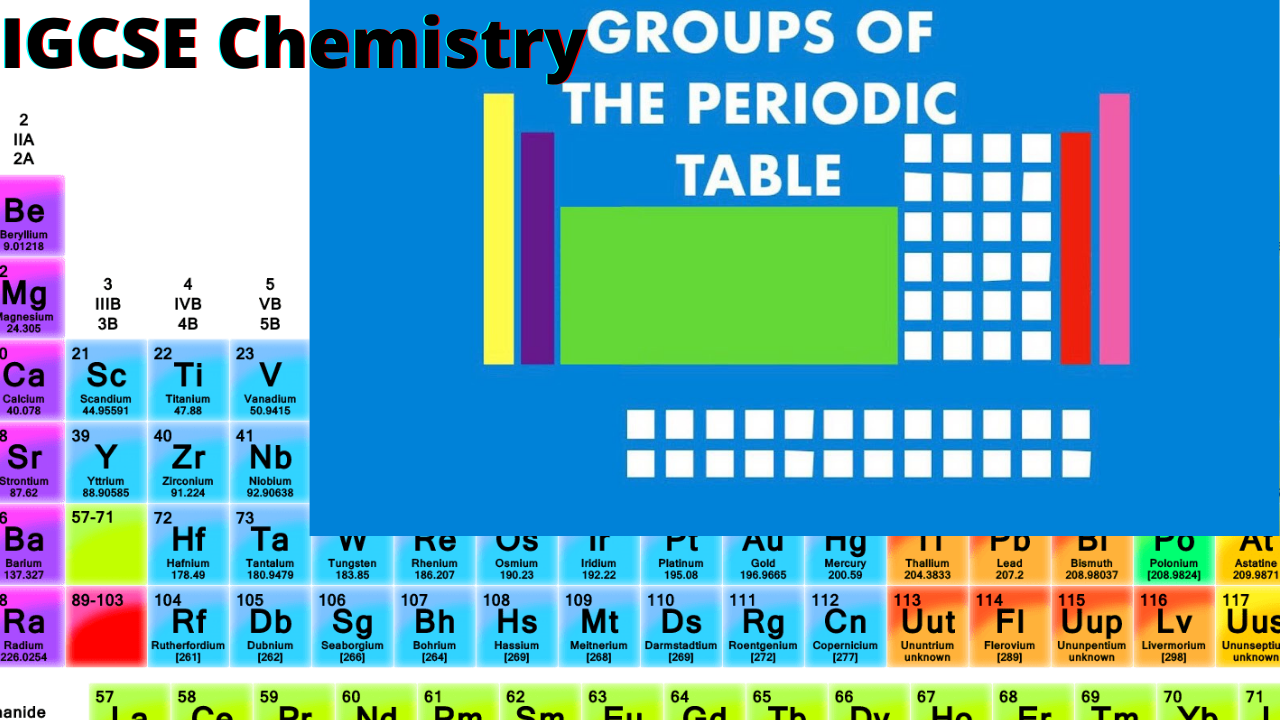
Periodic Table Trends Paper 2 Solved MCQs IGCSE Chemistry 0620/ O Level
Kick-start your revision with our 2-day online Mock Preparation courses. Suitable for separate and combined science higher level students. Science AQA GCSE and Edexcel IGCSE - 2-3rd and 5-6th January. Book your place now! This topic is included in Paper 1, Paper 2, Paper 3, Paper 4, Paper 5 and Paper 6 for IGCSE CAIE Chemistry.
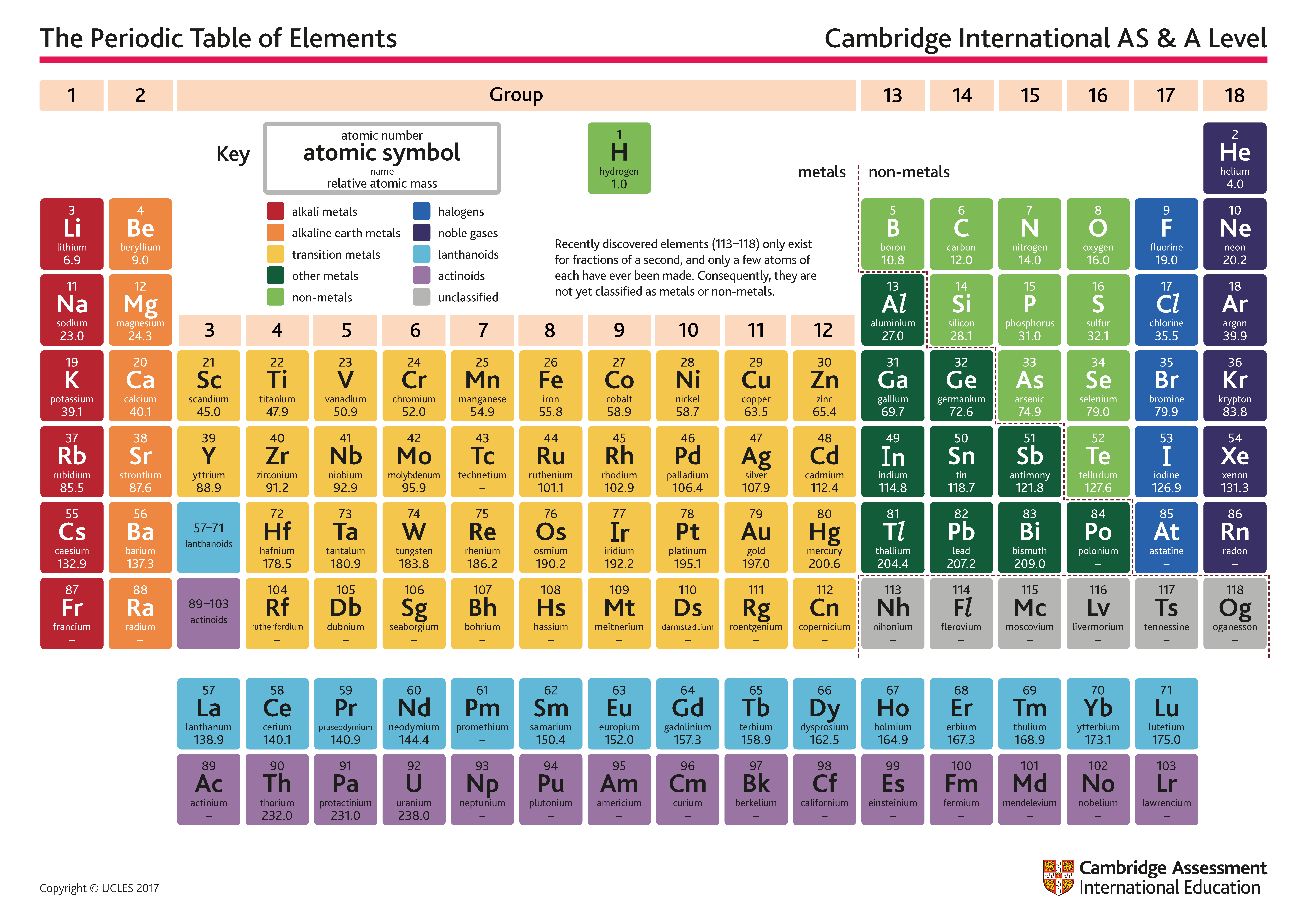
9701_RP_Planning Online Learning area
An atom is the smallest uncharged particle that can take part in a chemical change. An atom contains a centrally located nucleus. The nucleus contains positively charged protons and neutral neutrons. [Protons + neutrons= nucleon number or mass number] The electrons revolve around the nucleus in fixed orbits called electron shells or energy levels.
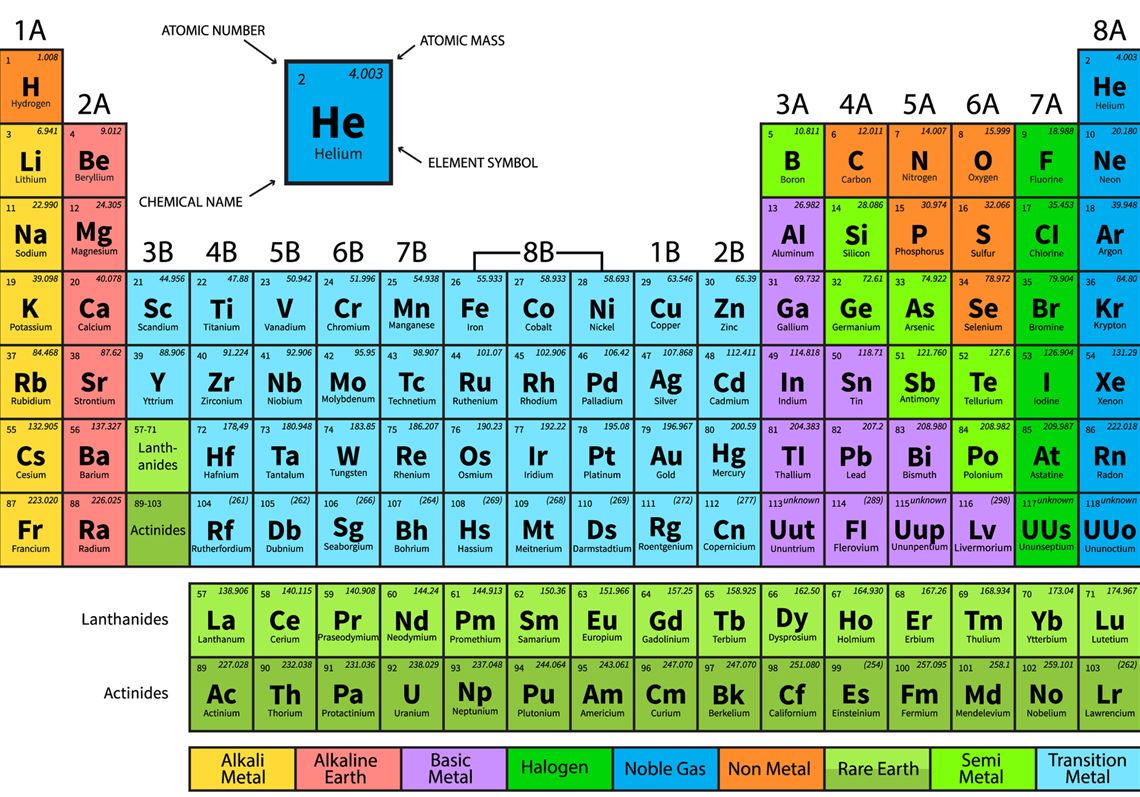
Chemistry IGCSE Classroom
Download PDF Test Yourself Classifying Elements & Predicting Properties Periodic table Elements are arranged on the Periodic Table in order of increasing atomic number, where each element has one proton more than the element preceding it

Atoms & Bonds Middle School Science
Period: These are the horizontal rows that show the number of shells of electrons an atom has and are numbered from 1 - 7 E.g. elements in period 2 have two electron shells, elements in period 3 have three electron shells

cambridge igcse study help the periodic table and electronic structure
2.2 recall the positions of metals and non-metals in the Periodic Table. From left to right across a period there is a gradual change from metal to non-metal elements. For example, in Period 3, sodium, magnesium and aluminium are metals. They all conduct electricity and their oxides are basic.

igcse chemistry 113 understand that the periodic table color periodic
1 1 mark The structure of four particles is described in the table. What are the correct values for X, Y and Z? Choose your answer Stuck? View related notes Did this page help you? FREE Chemistry revision notes on Kinetic Theory. Designed by the teachers at SAVE MY EXAMS for the CIE IGCSE Chemistry 0620 / 0971 syllabus.
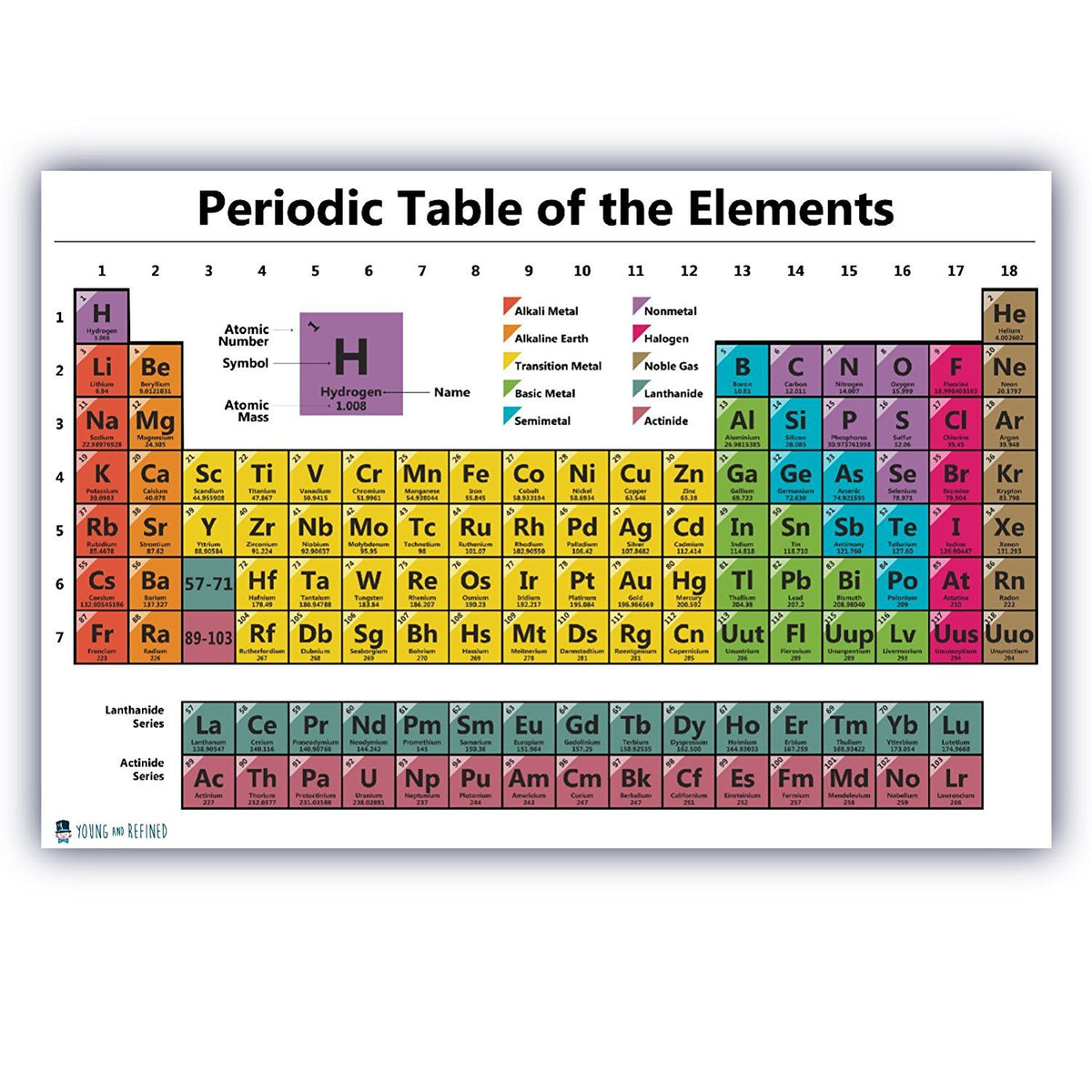
Periodic Table Chart of the Elements Chart Laminated Classroom Poster
The Periodic Table The Periodic Table of the Elements Exam Tip The atomic number is unique to each element and could be considered as an element's "fingerprint". The number of electrons changes during chemical reactions, but the atomic number does not change. You've read 1 of your 10 free revision notes Get unlimited access
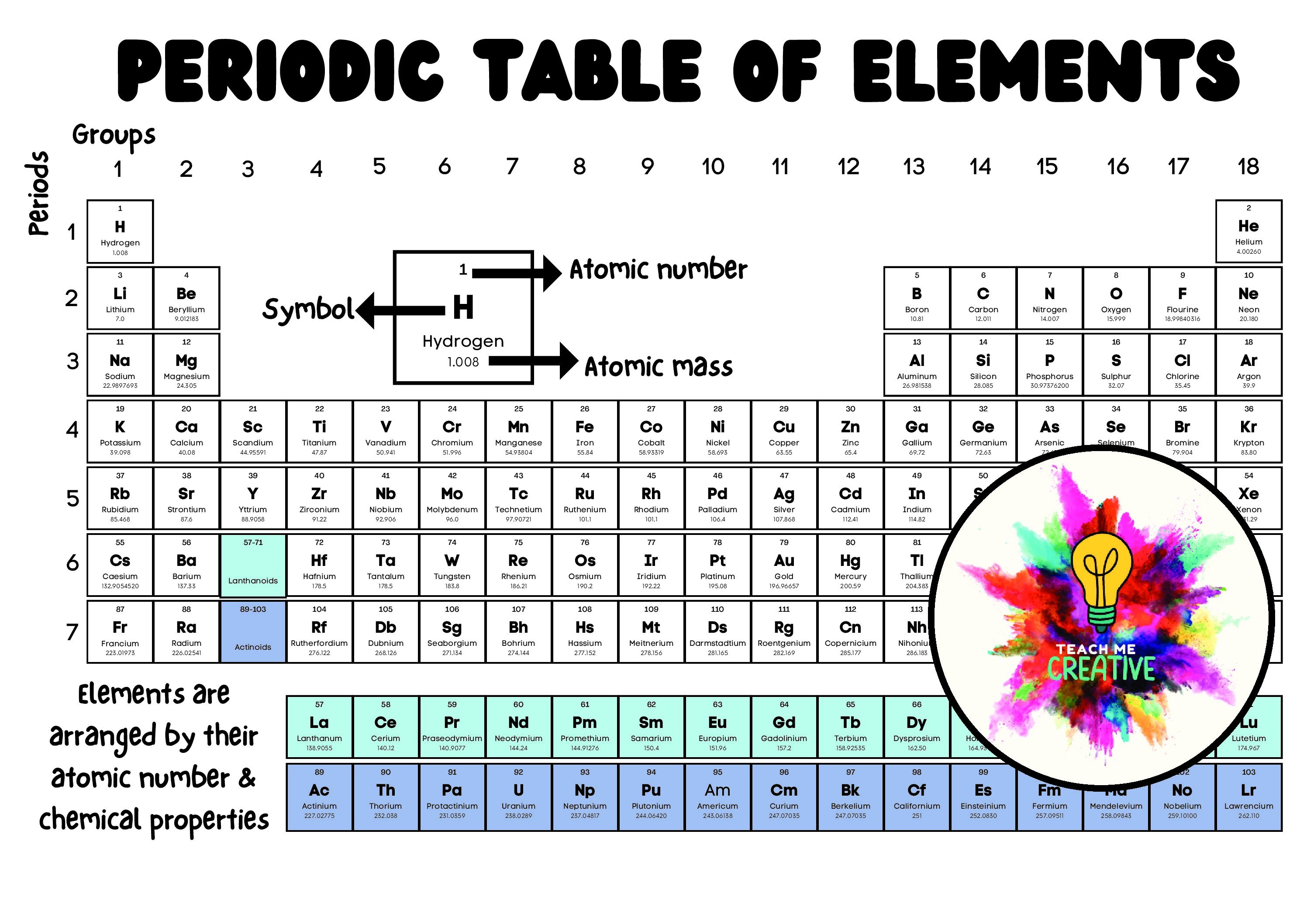
Periodic Table of the Elements poster in white • Teacha!
4 IGCSE CHEMISTRY STUDY NOTES UNIT 3 ATOMS, ELEMENTS & COMPOUNDS C Key for using Periodic Table NOTE: A different format may be used in some questions. In any case, the greater number is always the Atomic mass number and the smaller number is the Atomic number. Exception: 𝟏 𝟏, where Z = 1 & A = 1

cambridge igcse study help the periodic table and electronic structure
1 The number of protons and neutrons is the same. 2 The number of protons and electrons is the same. 3 The number of outer electrons is one. 25 The diagrams show the electron arrangements in the atoms of four elements. 26 The atomic structures of four atoms are shown.

SOLUTION iGCSE Chemistry Periodic Table Studypool
Periodic Trends & Electronic Configuration The electronic configuration is the arrangement of electrons into shells for an atom (e.g: the electronic configuration of carbon is 2,4) There is a link between the electronic configuration of the elements and their position on the Periodic Table